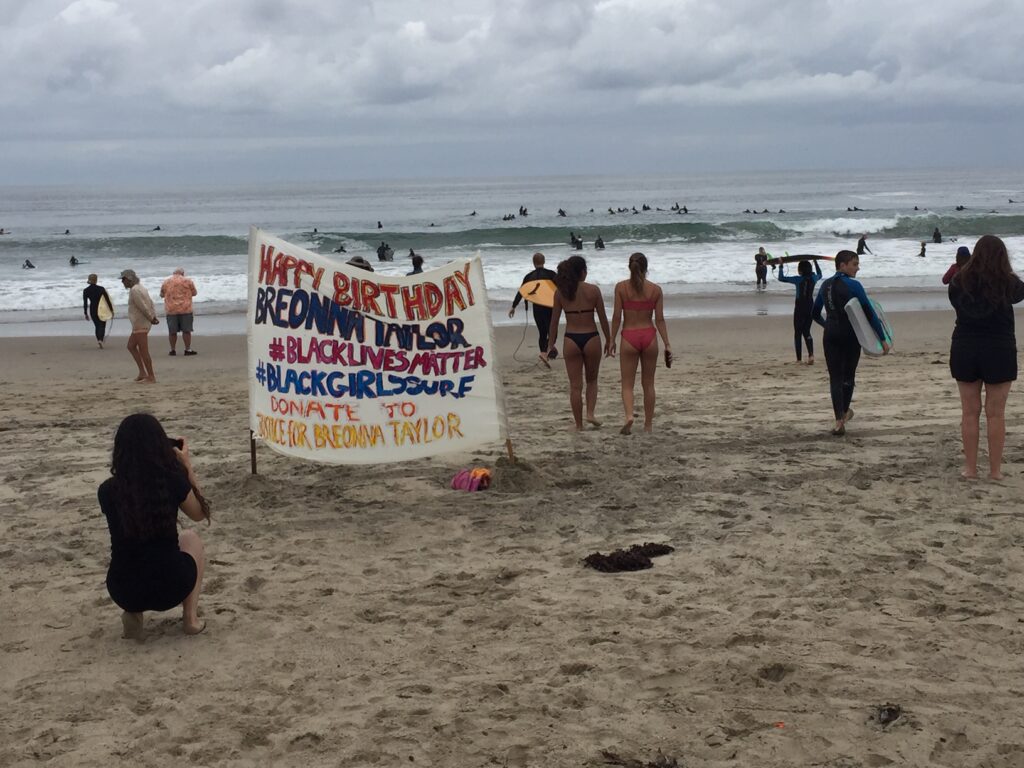Study Shows Shortcomings In Fire response, Points Path To Constructive Solutions
Written by 991KBU on November 8, 2019
An independent, non-government review of Woolsey Fire reactions by the city, the county fire department and the county sheriff was issued Friday. And it is not very kind to the government agencies, which it blames for poor communication, failure to utilize local volunteers, and failure to support local residents who ignored evacuation orders and saved much of the city.
The report, from the Los Angeles Emergency Preparedness Foundation, provides what it calls a road map to fix the problems.
The report, available online at https://laepf.org/woolsey-fire , blasted the county for failing to warn Malibu that its fire trucks were overrun and would not respond to put out building fires, but were ordered to stay put until given commands to rescue people. As the county’s After Action Report summarized, the 911 and radio dispatch systems were overloaded with more than 1,800 calls from within the fire area, compared to a countywide average of 1,100 calls per day.
Criticism was leveled for poor communication at the city, the county fire department and the sheriff’s office. “Local residents were often treated with disrespect, threatened or made to feel like captives,” the analysis said.
And the report cited “failure to communicate directly and honestly with the public” regarding a fire department order to stop putting out structure fires, and concentrate on answering 911 calls for life safety issues. “This change in (fire department) mission was a major factor in the loss of public trust and a contributor to emotional distress.
“Clear, timely and frequent communications are essential during a crisis event”and that did not happen, the report said.
The agencies in general were blasted for waiting to release important information until city council members could appear at news conferences. “Critical information needs to be pushed out to public and not wait for press conferences if it is vital to the public welfare,” the report said.
“The public can handle bad news. All messaging must be clear and honest.”
And the report aimed special ire at local officials who appeared at the first post-fire community meeting at Santa Monica High School on Nov. 13, “where the first 30 minutes was spent with government officials congratulating themselves and sharing personal experiences instead of immediately addressing the needs of fire victims.”
As late as last month, L A County fire officials were still pointing at the 57,000 structures saved — mostly in the fire’s early hours, along the 101 Freeway corridor — and low death toll.
This, they said, was proof of an enormously successful firefighting effort.
“I believe that, when the history is written, the Woolsey Fire will go down as one of the most-successful operations in the history of the fire service in the United States,” said Fire Capt. Tony Imbrenda, the L.A. County Fire chief public information officer, last month in an interview with KBUU News.
The new report casts a different conclusion.
“Decision processes were unclear and not transparent. The early Friday morning command to strike teams to ignore property protection and concentrate on ‘life safety and 911 calls’ was a significant change that was not effectively conveyed to the public,” it said.
“Citizen protective action measures … were complicated by official obstruction and lack of sensitivity and understanding. Citizens found themselves abandoned in their critical needs unmet. Out of necessity, individuals pulled together to organize innovate meet the needs of their families and community members,”the study found.
The foundation conducted interviews with more than 60 people. It found that “a gap existed between the services of the public sector and the needs of the private sector…
“The emergent volunteers filled the gap on an ad hoc basis: meeting the needs of people with food, water, feeding operations, communications, sanitation, medical supplies, information sharing, comfort, and ember suppression following fires.”
Malibu officials and L.A. County Fire were blasted for a “lack of transparency in official decision processes during the Woolsey fire, which compounded the trauma of the fire.”
Evacuation processes were poorly communicated, not well thought through, and placed people leaving at significant risk, the study concludes.
“The Community Emergency Response Teams (CERT) were not activated and ignored when inquiries were officially submitted,” the independent report states. “Poor communications were demonstrated by government agencies (city and county).
“The poor information flow reduced the public’s ability to adapt and contributed to a defensiveness from all involved,” it said.
In something that was not emphasized by the LA County After Action Report, the new analysis notes that stubborn residents ignoring “mandatory” evacuation orders “were mostly successful” in saving houses and “have done so over multiple fires.”
“While an imprecise estimate, several hundred structures were saved by their endeavors,” the report said. No such estimate was in the LA County After Action Report.
This news article was mailed to city and county officials Friday evening, but no responses have been received.
The Los Angeles Emergency Preparedness Foundation noted that its study team prioritizes “life-safety considerations and does not advocate staying in defending homes and businesses without proper authorization, training, certification, equipment, communications and established safe refuge areas.”
But it went on to criticize the lack of such training and certification efforts.
It’s conclusion: a profound loss of confidence in the city, sheriff and fire department. “The evidence points to a migration of trust away from civic processes.
“Truth is an essential element needed for any collective action. The 2018 Woolsey fire has resulted in a concerning erosion of public trust in civic institutions. Establishing processes for community healing and restoration of public trust is necessary before any other movement forward as possible. The learning is from the Woolsey fire contrary to resolve that meaningful action is needed.”
The report made seven major findings, excerpted here:
1. One set of emergency management functions were irregular and slow to engage. It recommended plan revisions and updated training exercise programs.
2. Tardy communication of hastily organized evacuation process resulted in confusing and inadequate notification coverage. Thousands of cars was stuck in traffic for up to six hours while evacuating through fire prone areas. It recommended traffic modeling and evacuation planning based on population density, routing and timing must be well-documented provisions for traffic management personnel, contra flow, fuel provisioning, sanitation and media updates must be provided. Identification and use of public safe refuge areas are recommended.
3. Decision processes were unclear, not transparent. The early Friday morning command to strike teams to ignore property protection and concentrate on “life safety and 911 calls” was a significant change that was not effectively conveyed to the public.
“Transparency is an essential. Failure to communicate directly and honestly with the public concerning this change in mission was a major factor in the loss of public trust any contributor to emotional distress clear, timely and frequent communications are essential during a crisis event. “Poor clarity processes has led to an erosion of public customer institutions as a result, other ways to cope with an escalating fire problem are being sought.”
4. Limited communication and incorrect information damaged awareness of the larger situational picture for a protracted period amongst all stakeholders.
Messaging of situational awareness information between and across all stakeholders is vital for improve outcomes. Critical information needs to be pushed out to public and not wait for press conferences if it is vital to the public welfare. The public can handle bad news. All messaging must be clear and honest.
Technology failures can be anticipated as a new normal and backup capabilities need to be identified. All communication methods both traditional media and social media should be used when delivering messages to the public.
5. Mutual aid resources were also overtaxed and slow to arrive. Those that did arrive were unfamiliar with the area and some units were unprepared for the unique requirements of fire in the wildlife urban interface. CERT members and similar volunteer resources were not activated.
Limited mutual aid resources may be the new state of being utilization of peoples resources, including certified volunteer training resources for fire following support and suppression measures should be considered.
6. Citizen protective action measures were carried out following the fire, but were complicated by official obstruction and lack of sensitivity and understanding. Citizens found themselves abandoned in their critical needs unmet. Out of necessity, individuals pulled together to organize innovate meet the needs of their families and community members.
Engaging certified local community volunteers trained, properly equipped, and operating with communication and direction from fire command could provide “fire following” support and suppression capabilities needed to address peak load resource requirements while building community trust and confidence. Without support, fragmentation can follow with people seeking other ways to handle escalating fire issues. Meaningful future action is reliance upon repair of the rodent trust.
7. Thousands of residents were not allowed to return to their homes for an extended time compared to previous return times after fire. The illusion resulted in an extra stress and challenges.
Streamlining a safe return of residents, with clear communication throughout the process, is central in improve human and property outcomes. Escorting homeowners, utilizing law enforcement and certified volunteers, for the short term in person property checks when it’s safe can help reduce levels of stress until repopulation is fully approved. CERT role should be re-examined to support this process.


